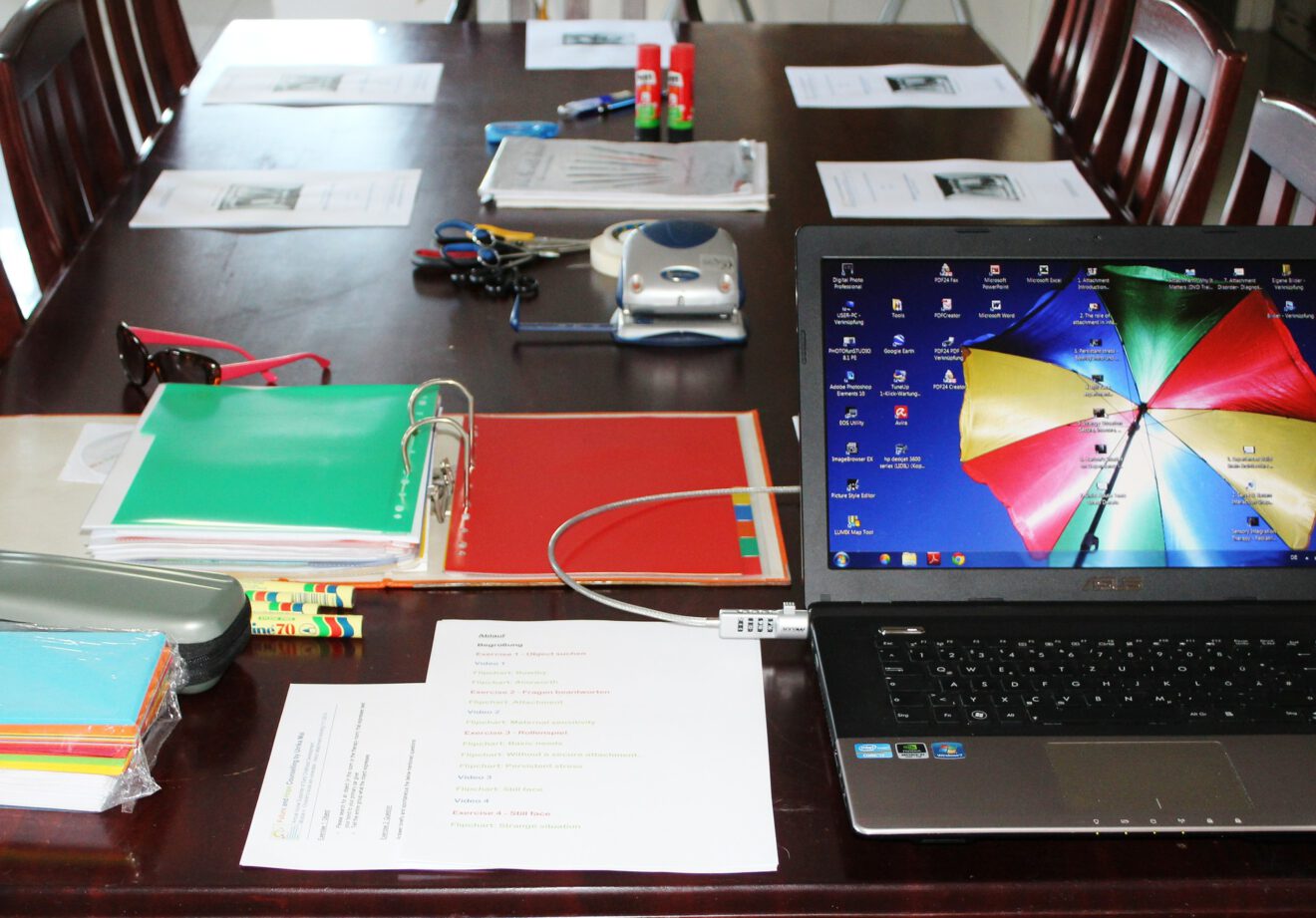Traditional corporate learning was based on the conventional classroom experience: sit down and listen. The problem is, professionals typically loathe this nonadaptive instruction just as much as students do. And it isn’t effective. Fortunately, new research, methodologies, and technologies continue to change how we think about education and open up new possibilities for training.
Until now, organizations have found it easier to conceive training in terms of cohorts, or groups of leaders starting a journey simultaneously and learning essentially the same lessons. But this approach should be left behind: Not only is traditional education too slow for today’s volatile, uncertain, complex, and ambiguous world, but formal courses become outdated as soon as they’re developed.
When prepared for delivery to large groups, this information becomes stripped of context and generalized. You’re more time-pressured and distracted than ever; you don’t have time for training that’s not personalized or useful.
Still, offering training is crucial: According to LinkedIn’s 2018 Workforce Learning Report, 94 percent of employees say they’ll stay longer at companies that invest in their careers. Redefining what learning and development mean at your company isn’t a matter of selecting specific professional development opportunities for each individual — it’s about changing the company’s fundamental approach to learning.
Moving toward modern learning models
When it was introduced, the 70:20:10 learning and development model represented a shift in companies’ ideas about training. It recognized that 70% of learning occurs on the job, 20% comes through personal conversations and coaching, and only 10% results from formally structured learning events. By emphasizing and seeking to improve the 90% of learning that occurs outside of one-size-fits-all sessions, the model encouraged a new, more impactful way of thinking about learning to emerge.
Several trends have arisen alongside this philosophy and represent future development methods. Microlearning, spurred by the digital revolution, delivers bite-sized content to employees who are too busy to attend formal training. Digital solutions and professional coaching are two additional up-and-coming strategies for making learning more personalized.
The best organizations combine the opportunities of digital with well-defined theories of change to create learning experiences that stick and drive impact. As a manager, here’s how you can begin implementing modernized learning for yourself and your team:
- Advocate for early tech adoption. When putting together budgets, include time and money for tinkering with digital products. Of course, you should consider whether the costs are justified before proposing any massive investments. Avoid the trap of digital delusion: falling under the spell of high-tech (and usually expensive) solutions that are never ultimately used. To most successfully shepherd digital transformations (and tech learning), adopt a rookie mindset and exercise curiosity.
- Redefine coaching. Coaching is the perfect way to deliver individualized learning. Help your senior leaders shape a vision for coaching within the organization, and stay up-to-date on offerings for scalable coaching that will implement that vision. One of our clients uses one-to-one coached learning programs so that when a leader identifies a need, he can receive personalized learning solutions within days.
- Find ways to map leadership learning. Many employees don’t think of on-the-job training and mentoring as official professional development. Working with HR staff members and department heads, you can be part of changing that mindset. With the right system, a company can map leadership learning, track progress, and reward both learners and teachers.
Most organizations know they need to adapt, become more agile, and learn faster in order to succeed in today’s market. But to get there, we need learning approaches that are equally agile, adaptive and effective. Perhaps it’s time to take a hard look at how you, your team and your organization approach learning.
Jerry Connor is head of the coaching practice at BTS, an organization that works with leaders at all levels to help them make better decisions, convert those decisions to actions, and deliver results.
